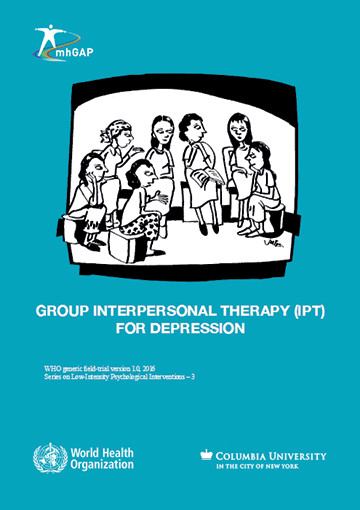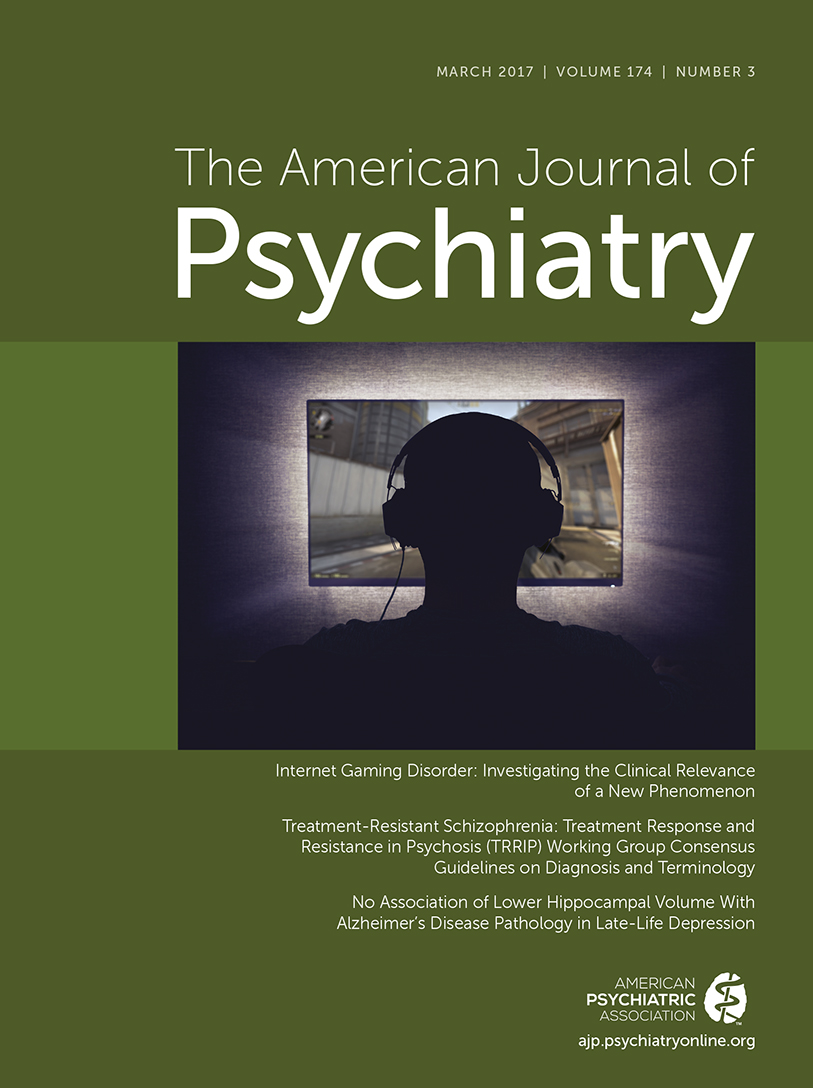Depression is a leading cause of disability worldwide. In 2005, the World Health Organization (WHO) powerfully asserted that there is “no health without mental health.” In 2008, the WHO developed the mental health Gap Action Program (mhGAP) to focus services on a limited number of mental, neurological, and substance use disorders, especially in low- and middle-income countries. Naming depression as one of its targeted illnesses, the mhGAP developed an intervention guide that included pharmacologic and nonpharmacologic first-line treatment options for depression, including interpersonal psychotherapy (IPT). IPT, first developed in the 1970s by Gerald Klerman, Myrna Weissman, and colleagues, has subsequently been validated for the treatment of depression through numerous studies throughout the developed and developing world and has been adapted for both individual and group sessions.
Taking an epidemiological approach for mass dissemination of the intervention worldwide, Group Interpersonal Therapy (IPT) for Depression was written to complement the mhGAP intervention guide for depression as a “how-to” manual for implementing an eight-session manualized group treatment of IPT (adopted from a 16-week program originally developed for use in Uganda). Recognizing the dearth of mental health services worldwide, and by stressing a group treatment format rather than individual therapy, the authors intend to facilitate increased access for large numbers of patients. Using simplified language, the manual has been written to meet the needs of midlevel providers, promotoras, “barefoot clinicians,” and similar types of paraprofessionals in lower- and middle-income countries as well as those working in the many underserved areas, including rural and frontier regions, of higher-income countries. Meant to be implemented in community settings, these IPT groups can be run by supervised non-mental-health clinicians in primary care and other nonspecialized health care settings, in specialized mental health services, and as stand-alone services by specialized nongovernmental organizations.
Chapter 1 of the manual describes the interpersonal model, linking mood to interpersonal relationships, and provides an overview of the manual. Chapter 2 focuses on how to conduct pregroup screening meetings with patients; chapters 3 and 4 explain and describe the beginning, middle, and end phases; and chapters 5–7 offer practical strategies, suggestions, and case examples. The manual stresses the importance of adapting the IPT approach to local cultures and customs.
I am pleased that international efforts are being made to encourage the dissemination of psychotherapeutic strategies to complement antidepressant prescriptions by primary care and other nonbehavioral health clinicians. This manual’s strengths include its emphasis on needs to adapt the IPT approach to local cultural differences; for example: “Following burial rituals is an important practice for most people. If a body is not recovered or able to be buried in a traditional way, relatives may feel even more pain. In such situations, explore options for alternative rituals to support the mourning process” (p. 48). Clinical vignettes illustrate problems frequently seen in certain underserved locations in the United States and elsewhere, such as in regions where patients bearing stigmatized diagnoses such as HIV and tuberculosis are likely to be encountered. Vignettes also depict scenarios involving rural field workers, village elders, refugees, and patients who are illiterate. Although clinicians looking for in-depth discussions on IPT and/or group therapy will need to look elsewhere, this book fulfills its stated aims: the excellent strategies, suggestions, and case examples described are helpful and necessary because these interventions are likely to be employed in environments in which clinicians cannot easily access supervision from credentialed group therapists.
As with any psychotherapeutic modality of treatment, IPT will not be a one-size-fits-all approach for patients with depression; however, this common-sense approach is more easily implemented by nonspecialists than many other psychotherapies. The guide is freely available on the WHO web site for download anywhere in the world by anyone with Internet access (
http://apps.who.int/iris/bitstream/10665/250219/1/WHO-MSD-MER-16.4-eng.pdf). I would encourage clinicians using this intervention to also explore the basics of group theory, dynamics, and interventions because leading groups can be tricky without some formalized group leadership training.


